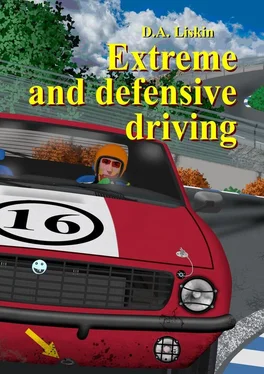• increase the stiffness of the front antiroll bar and decrease the stiffness of the rear antiroll bar;
• use of more hard front tyres and soft rear tyres;
• increase pressure in the front tyres and decrease pressure in the rear tyres;
• increase camber of the front wheels and decrease camber of the rear wheels;
• increased toe in of the front and rear wheels;
• increase aerodynamic downforce of the rear of car and decrease aerodynamic downforce of the front of car;
• increase side aerodynamic drag of the rear of car and decrease side aerodynamic drag of the front of car;
• move the center of mass to the front axle (distance the center of mass from the rear axle);
• decrease inertia moment (mass or diameter) of the front wheels and increase inertia moment of the rear wheels.
Opposite actions lead to increase of steerability.
Influence of the aerodynamic elements on car behavior strongly depends on speed of movement. At low movement speeds effect of the aerodynamics on behavior of car is negligible. But at high speeds, when heavy air flows, influence of the aerodynamics becomes significant.
In practice, as a rule, it is difficult to talk about neutral steering – this term exists in theory and mathematics. After tests, you can only tell what kind of steering appropriate of car – understeer or oversteer and how pronounced oversteer is. Only theoretical calculations (we are talking about so-called steerability factor), which take into account large number of variables, can accurately tell what kind of steerability car has. Oversteer can be estimated qualitatively by angle of drift or by distance between traces of the unloaded in corner wheels of the front and rear axles.
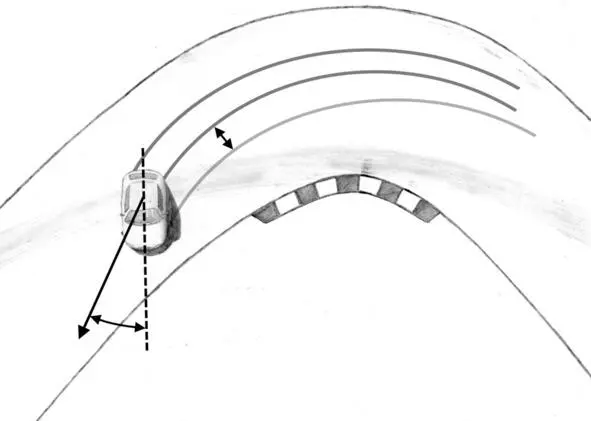
Besides drift angle, steerability can be evaluated by passing the following test.
Test of steerability. Gain certain speed, press the clutch pedal and quickly turn the steering wheel to fixed angle. After vehicle is rotated 180 degrees, determine the distance between the starting and ending positions of car.
Let us run this test on the hatchback and measure distance between initial and final trajectories.
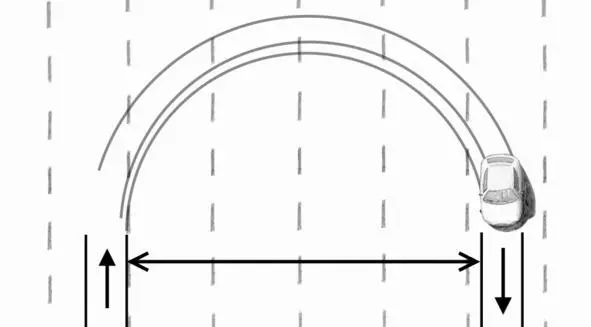
As result the distance was slightly more than four lanes. If the greater distance obtained in the test, therefore, lower steerability. After changing vehicle settings (for example, spring rates, stiffness of antiroll bars), you can repeat the test and compare the results. Initial speed and turn angle of the front wheels must be the same. Steerability, which we have determined by methods described in this chapter, we will call steerability or steerability of coasting motion.
In the tests we turned the steering wheel against stop (angle of turn of the wheels is about 40 degrees), the front wheels slide. If you turn the front wheels at a smaller fixed angle (10—15 degrees), drift angle (steerability) will be higher, since load on the front tyres will be less.
With help of the controls, you can increase or decrease steerability. For example, if you press hard on the throttle pedal on rear wheel drive car while cornering, the rear axle can easily slides. That is pressing the throttle pedal on rear wheel drive car leads to acceleration not only, but also increases steerability. On front wheel drive car, on the contrary, pressing the throttle pedal causes car to straighten trajectory – this is effect of reducing of steerability. Oversteer (high steerability) may be created by using the handbrake: it is often possible to see drivers in rally races enter the hairpins with sliding of the rear axle, locking the rear wheels.
Steerability created with help of the controls will be “added” to the vehicle’s steerability. Let us say if car has very low steerability, it will be more difficult to send it into drift due to traction on the rear axle than car with high steerability.
Exercise. Try to determine steerability of your car. For this purpose you may place cones on ground that simulate a corner and do the test. Do not forget about safety: car can show very low steerability, or it can start slide and turn around, so there should be enough space on the ground.
Be careful! Incorrect “tuning” of car (it may be suspension parameters, track, ground clearance) can make your car unsafe. Manufacturers design passenger cars in such way that they are stable and do not roll over during sudden maneuvering. If there is a risk of overturning in a corner, turn the steering wheel against the direction of the corner to return vehicle to the four wheels.
It is worth noting that electronic drive control systems, electronic control of torque distribution on the wheels, dynamic electronic motion stabilization systems can distort perceived steerability of car.
Drift: causes of origin and methods of fighting
When the front axle slides, we lose control. Unlike understeer, drift – is a controlled sliding of car. There may be one or both axles in the slide. Tendency to drift and behavior of machine when drift are influenced by such parameters as the type of drive, steerability, the type of differential. During drift, the rear axle tends to bypass the front. For clearness, if longitudinal direction of the body deviates to the right from direction of movement, we will say that car drifts to the right (drift direction is to the right), and angle between direction of movement and longitudinal direction of the body will be called drift angle.

This rear-wheel-drive car is specially prepared for drifting. It is equipped with limited slip differential, high torque motor, negative camber of the wheels and an increased full lock angle of the front wheels. On a front-wheel-drive car it is may be easily get out of any angle of drift, if engine torque is sufficient to maintain skid of the front wheels. For example, on this car, we entered and exited drift several times one after another.
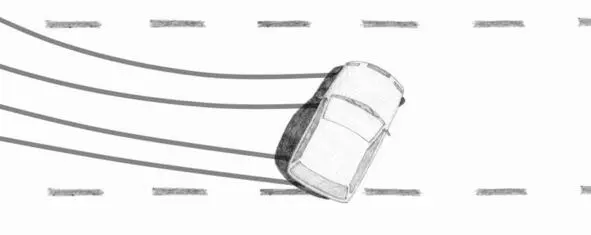
The sliding behavior of an all-wheel-drive car depends on distribution of the torque among the axles. If main part of the torque is applied to the front axle, behavior of car will be close to behavior of a front-wheel-drive car. This all-wheel-drive car feels like a front-wheel-drive car: when pressing the throttle pedal the car tends come out of drift.
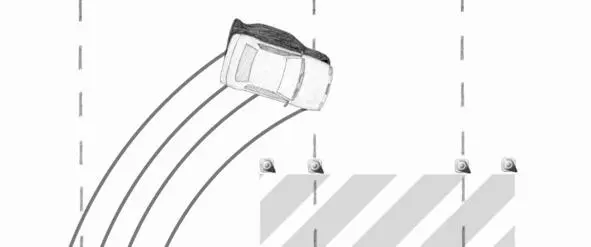
But unlike front-wheel-drive, on all-wheel-drive car it is possible to maintain stable drift due to part of engine torque transmitted to the rear axle. In addition it is easier to maintain a slide on all-wheel-drive car than on rear-wheel-drive car (with an appropriate ratio of the torques transmitted by the engine to the front and rear axles), since traction on the front axle will not allow car to turn around.
It is worth noting, that when drive in reverse when turn the steering wheel the front axle can drifts. We accelerated in reverse and quickly turned the steering wheel, whereupon the car turned almost 180 degrees.
Читать дальше
